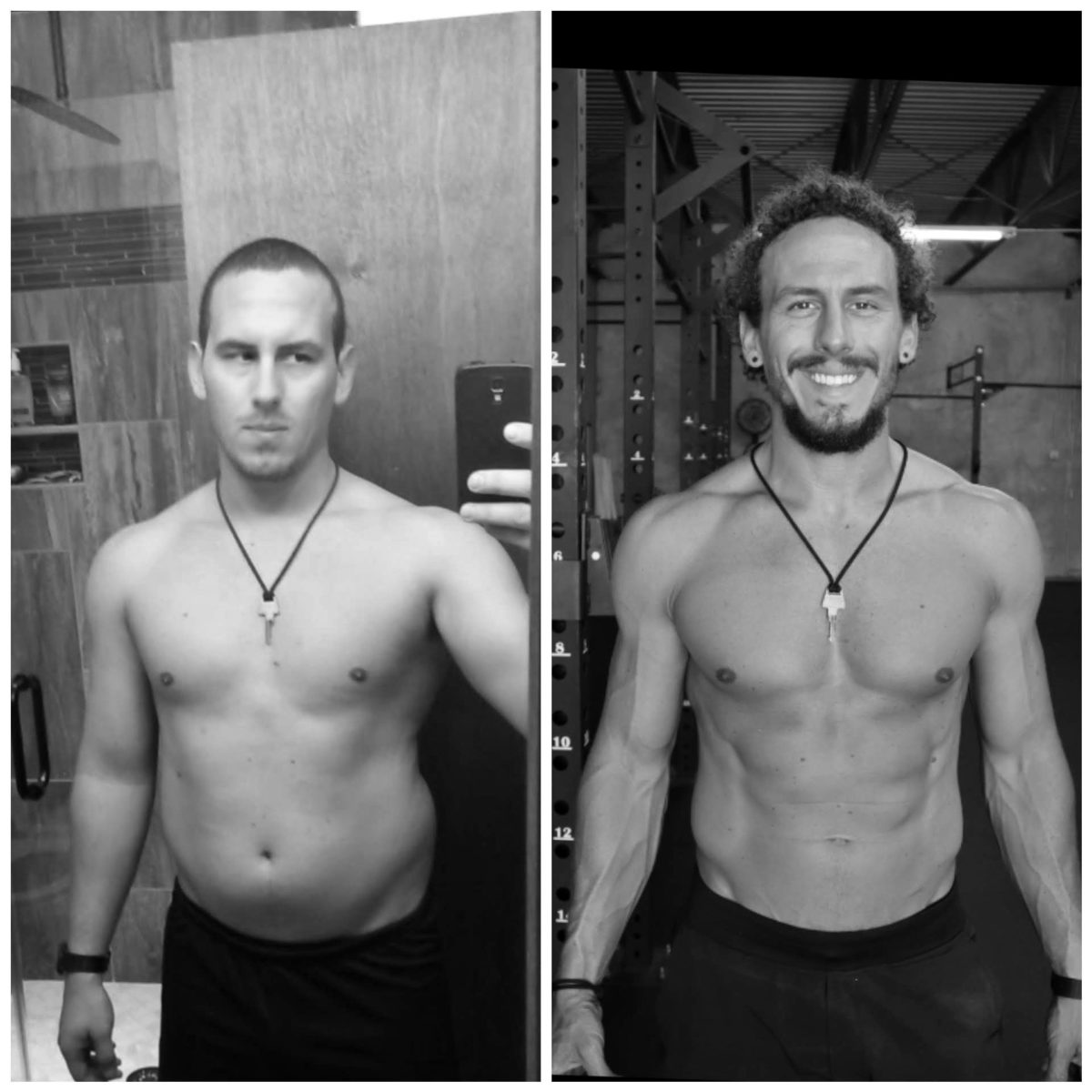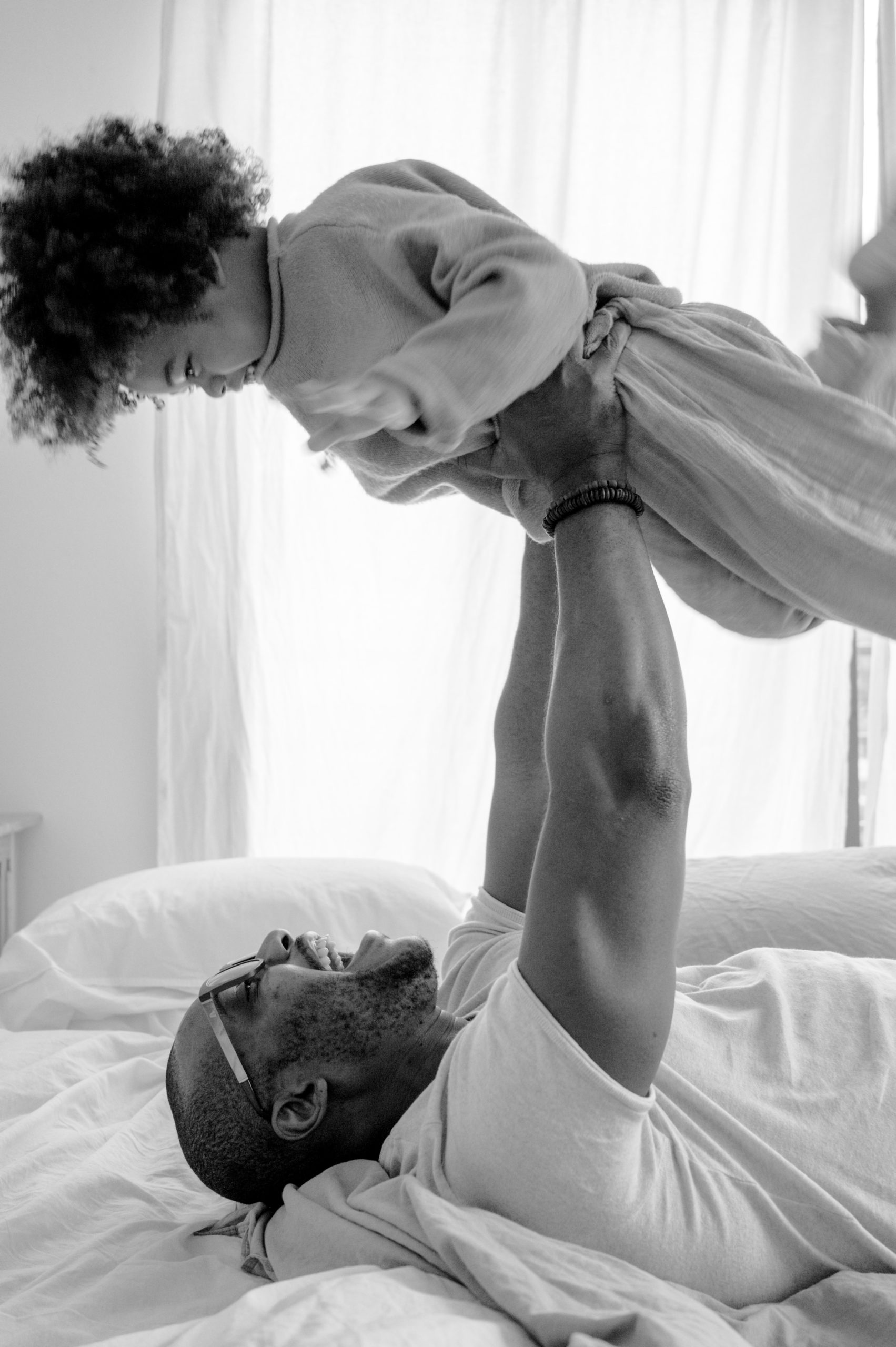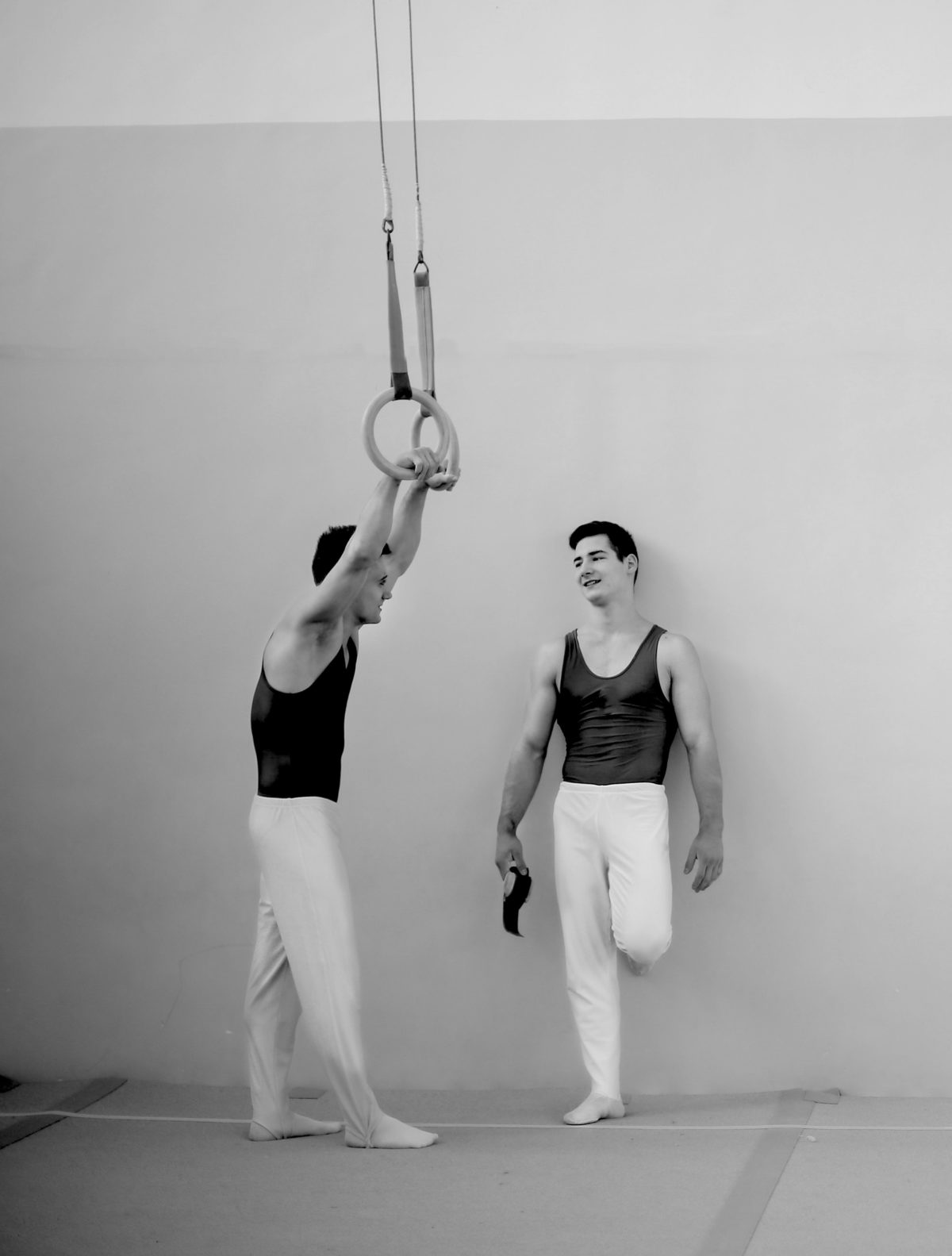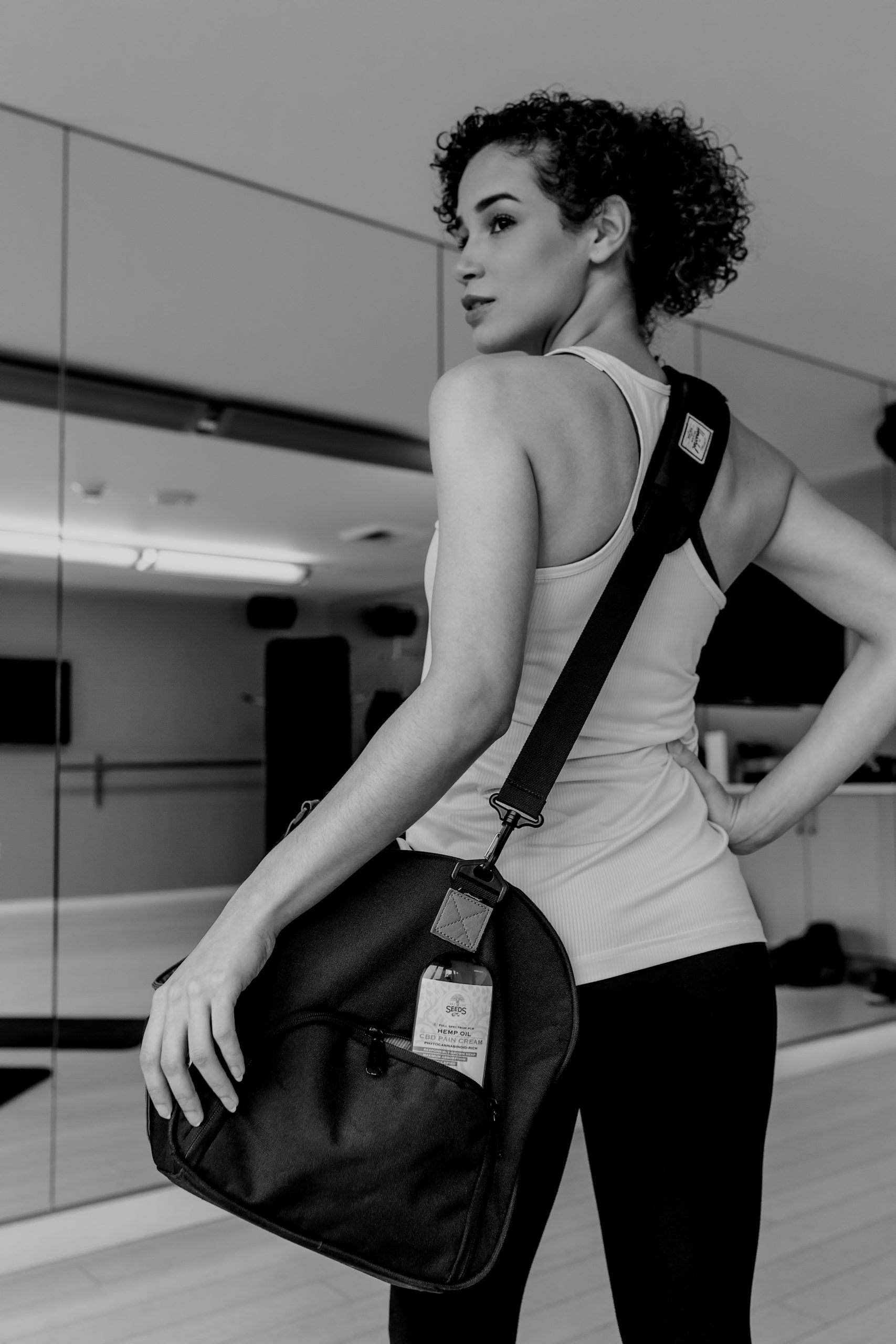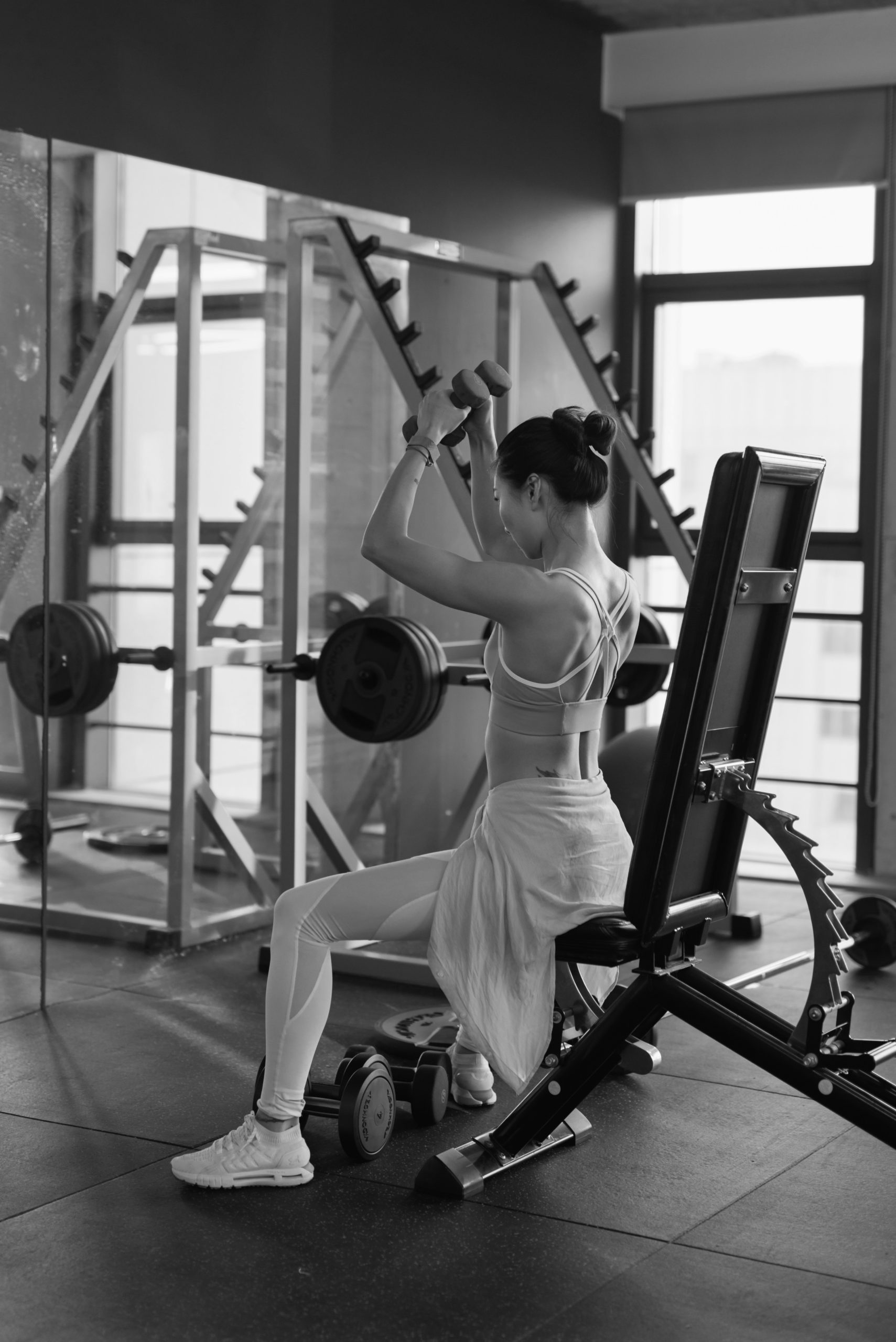Pumping music, chugging pre-working and feeling anxious to get beach-ready for summer are all pretty standard workout motivators. Sure, they’ll hype you up to get you moving and into the gym. But most fitness junkies agree that a long-term drive to stay on track for a fitness journey comes from finding your why. Sometimes, you need to take the time to look deep inside yourself and find your fitness motivation.
Your “why”, or fitness motivation, is a very internal, personal thing. It isn’t related to how other people see your body, or what anyone else is doing or looks like. It’s not something that goes away when you meet a certain goal. It’s an ongoing determination to better yourself and never settle for less.
So, how do you find your fitness motivation?
Realise that fitness is as much a mental journey as physical
One of the most important steps to activating your inner drive is reframing how you perceive fitness. Seeing fitness as a purely physical thing is a limiting view. Through physical fitness, your mental health is likely to see a big uptick. You can improve your relationships. You can become more productive, creative, driven, focused. Your fitness can help you be calmer, more serene, sleep better, and so many other benefits.
Working out ignites the brain in so many positive ways. In the gym, we learn valuable lessons around delayed gratification, commitment and forming habits. Yes, you probably have some physical goals. But think about your bigger, mental goals too. Understand that through fitness, you can make incredible changes to almost every part of your life.
Admit your barriers to working out
To fully look inside yourself, you need to be honest about your weaknesses. Many people struggle to admit their weaknesses to themselves, but then how will they improve?
To find your fitness motivation, take the time to write down what’s stopping you from working out. Is it external factors, like your busy job or all the time you spend looking after your kids? Is it internal factors, like that you often feel lazy on a Friday night or that you, really deep down, don’t believe in yourself to get fit?
You can only begin to fix what’s holding you back when you’re honest about your shortcomings. If your self-esteem is a big barrier to your fitness, allow yourself to see that. Then, become determined to change it.
Think about a time you enjoyed working out
This is a simple mental exercise but can be very useful to find your fitness motivation. Think about a time you worked out and enjoyed it and then think about why you enjoyed it. Was it the surge of pride you felt after crossing the finish line? Was it the satisfaction of pushing past what you thought were your limits?
Analyzing these memories can hold useful clues as to what truly drives you. Many people also write down or take a short video of themselves after they workout. This can help them remember that burst of endorphins they feel, and help motivate them to work out again later.
Think about what makes you proud
I met someone who grew up in a family of overweight people. No one worked out regularly, and unhealthy food was the norm. As an adult, he said his biggest fitness motivation was setting a good example for his kids. He wanted to prove to them that through hard work and dedication, that anyone could get fit. His “why” was making his kids proud, because that’s made him feel proud.
Pride can be a deeply motivating factor. As you try to find your fitness motivation, think about your own sense of pride. What makes you feel like the best version of yourself? What changes can you make in your life to feel that feeling as often as possible?
Never settle for mediocrity
A lot of people see fitness as a part of life to trudge through. They view working out as a necessary evil. Stop settling for workouts that are “good enough” or “will do for today”.
When you find your fitness motivation, hold it in your head all the time. Lean into your drive to be better every day, mentally and physically. Never settle for less.


